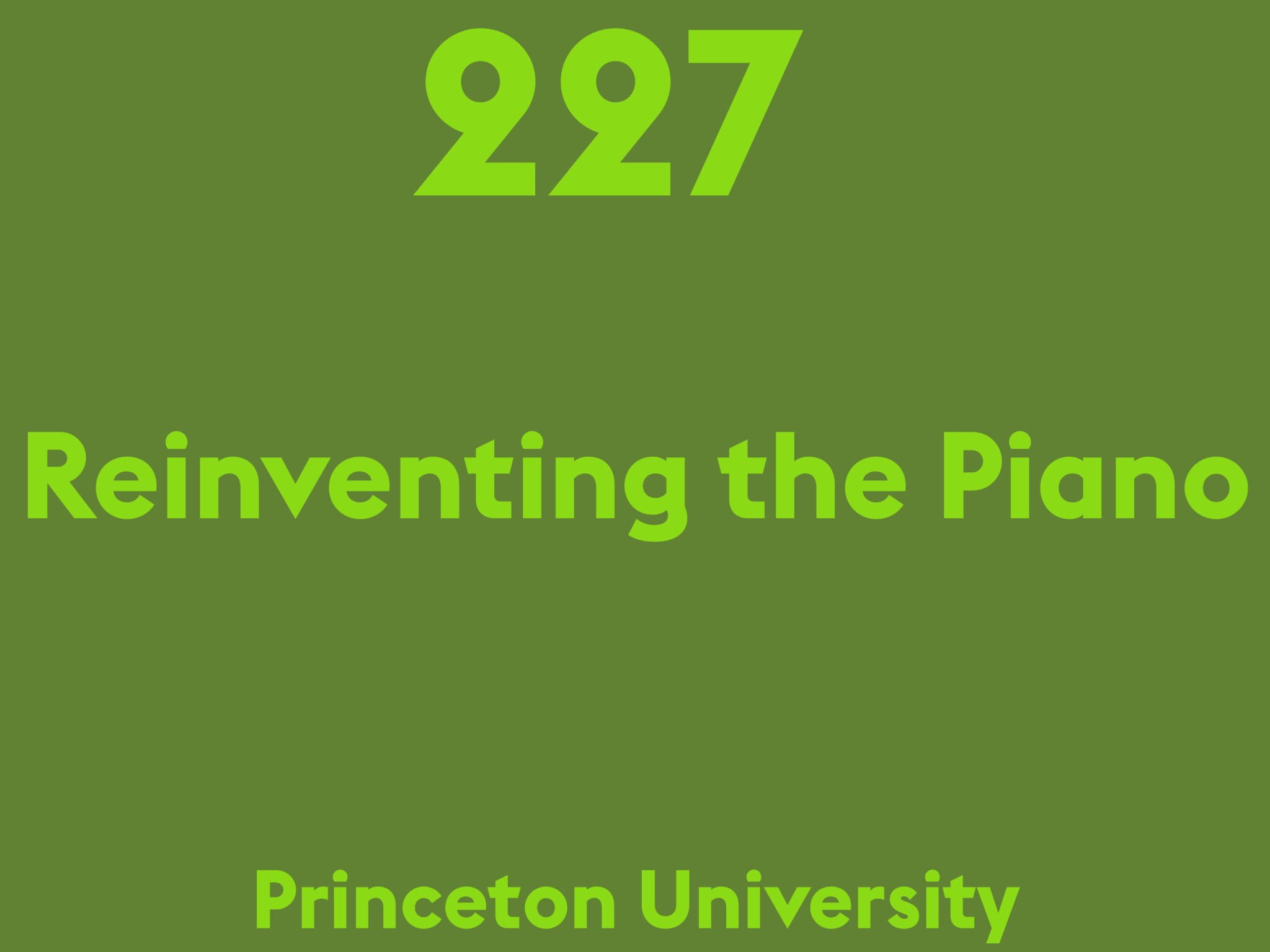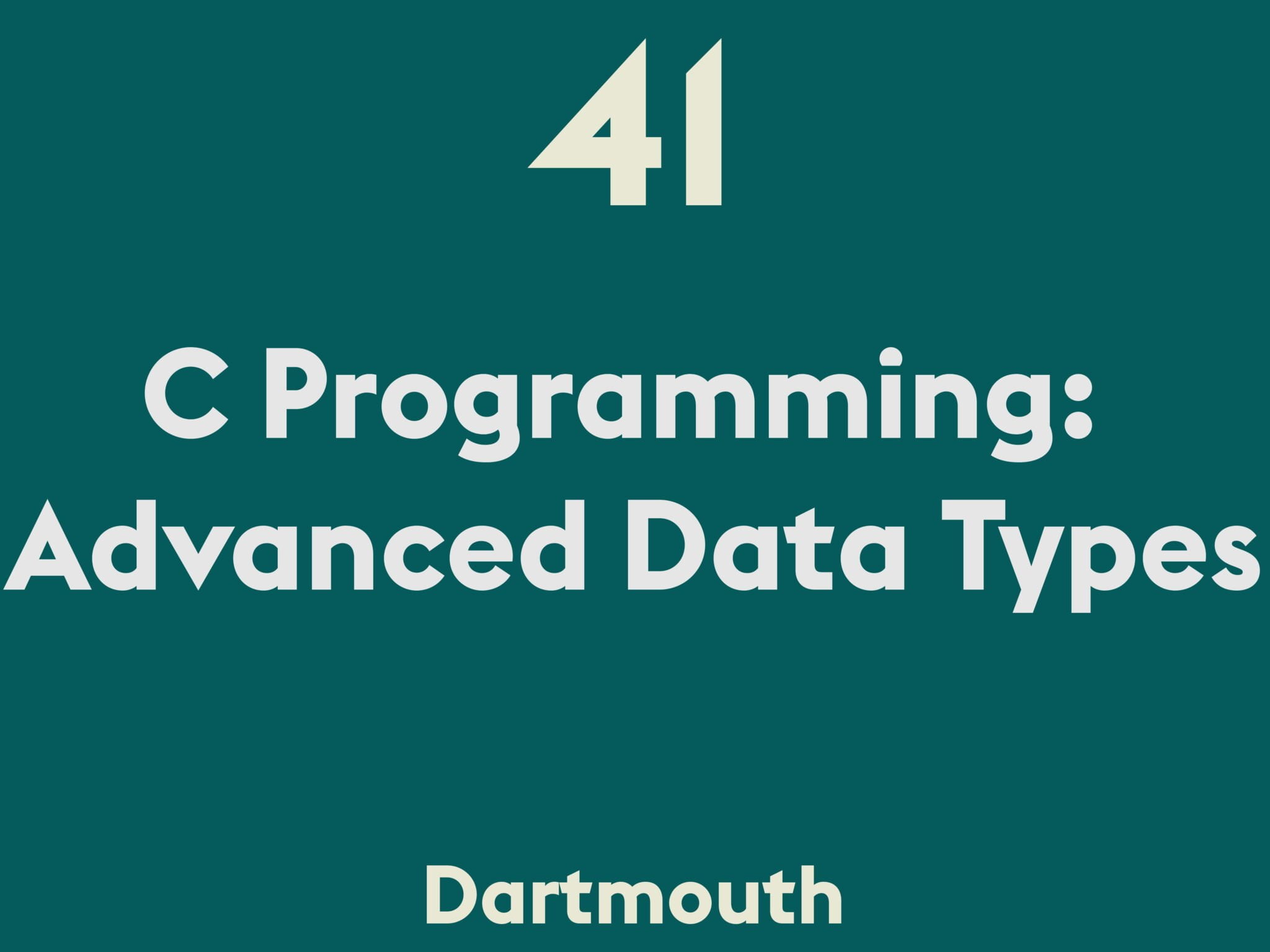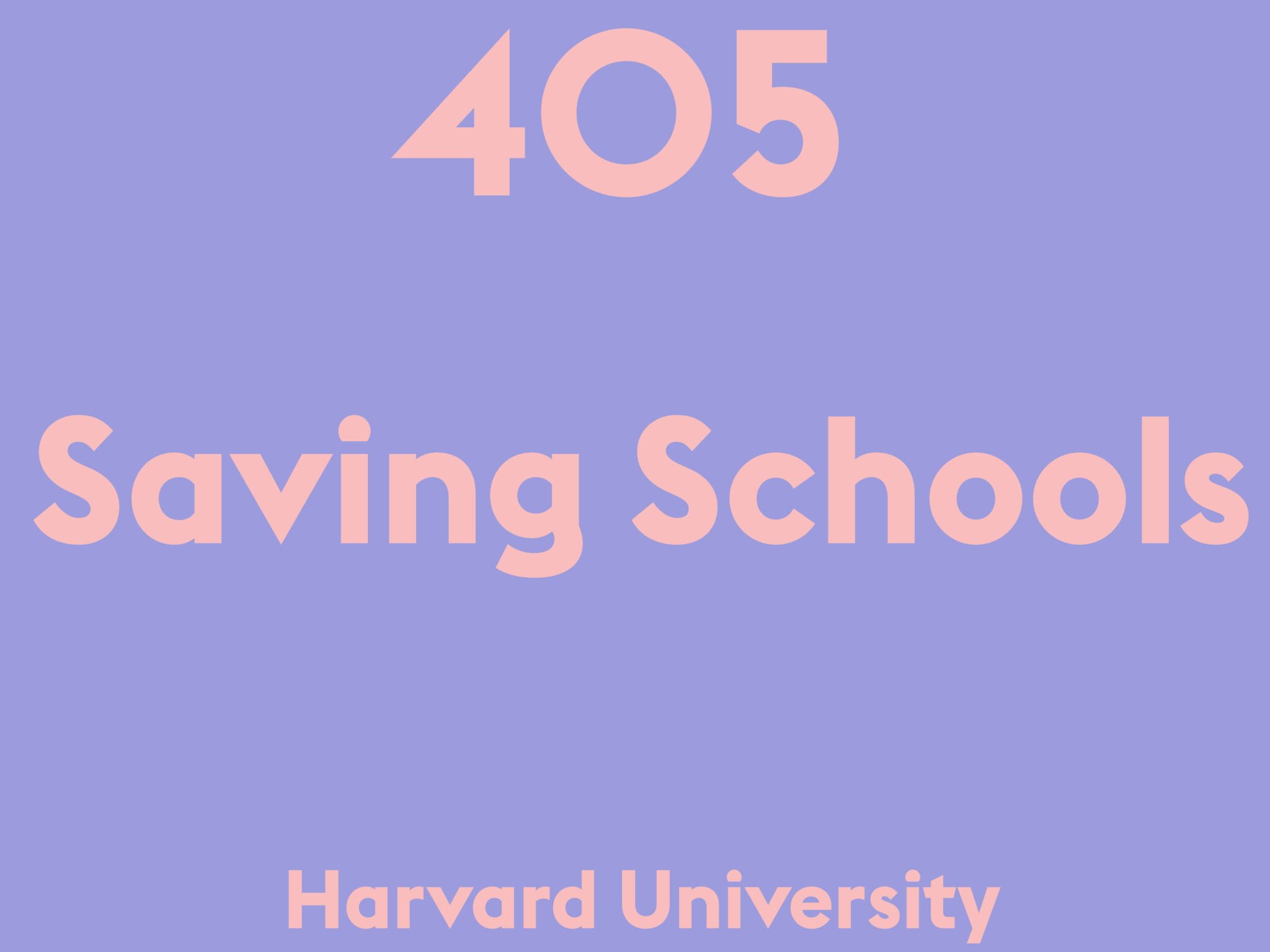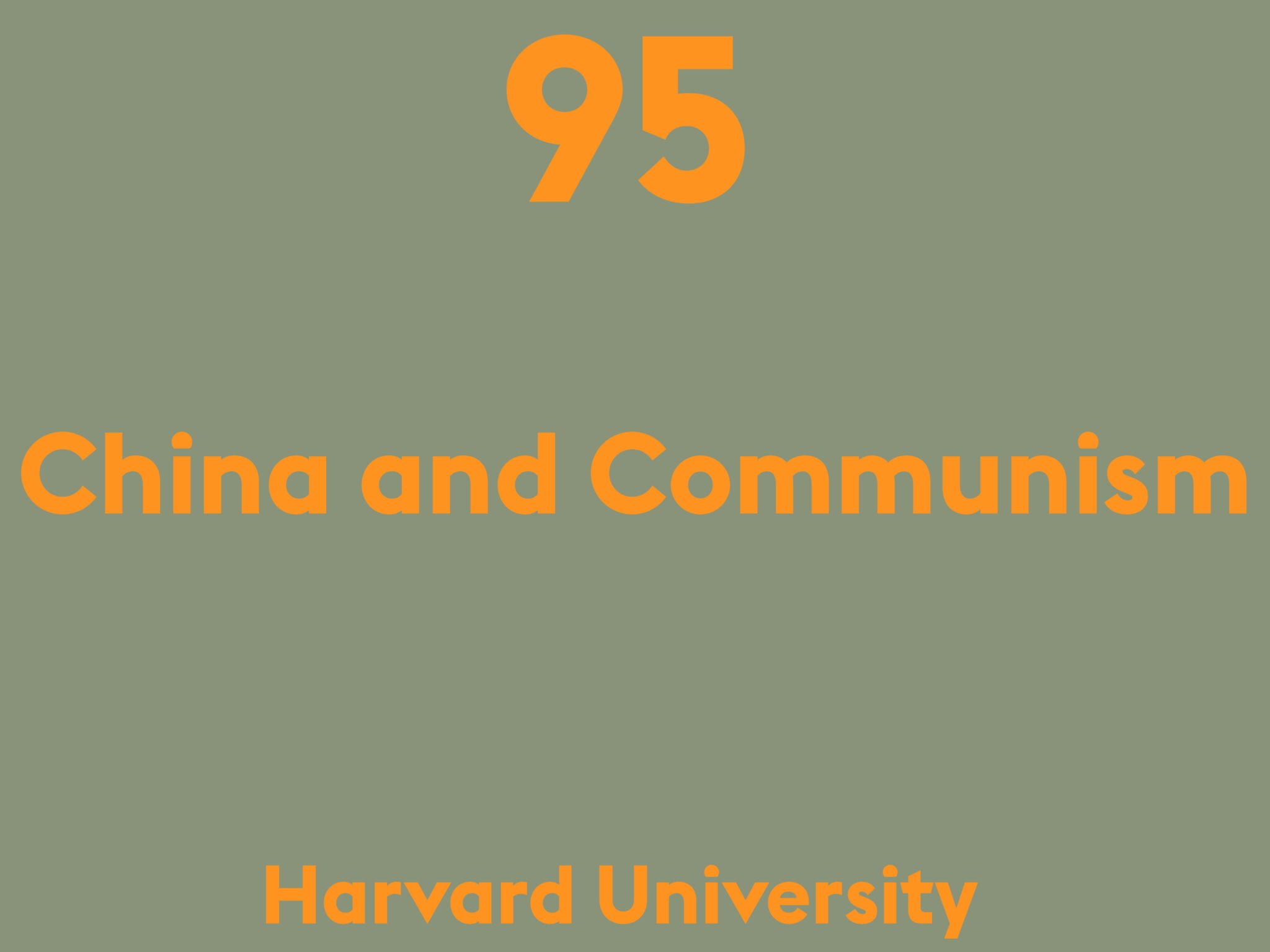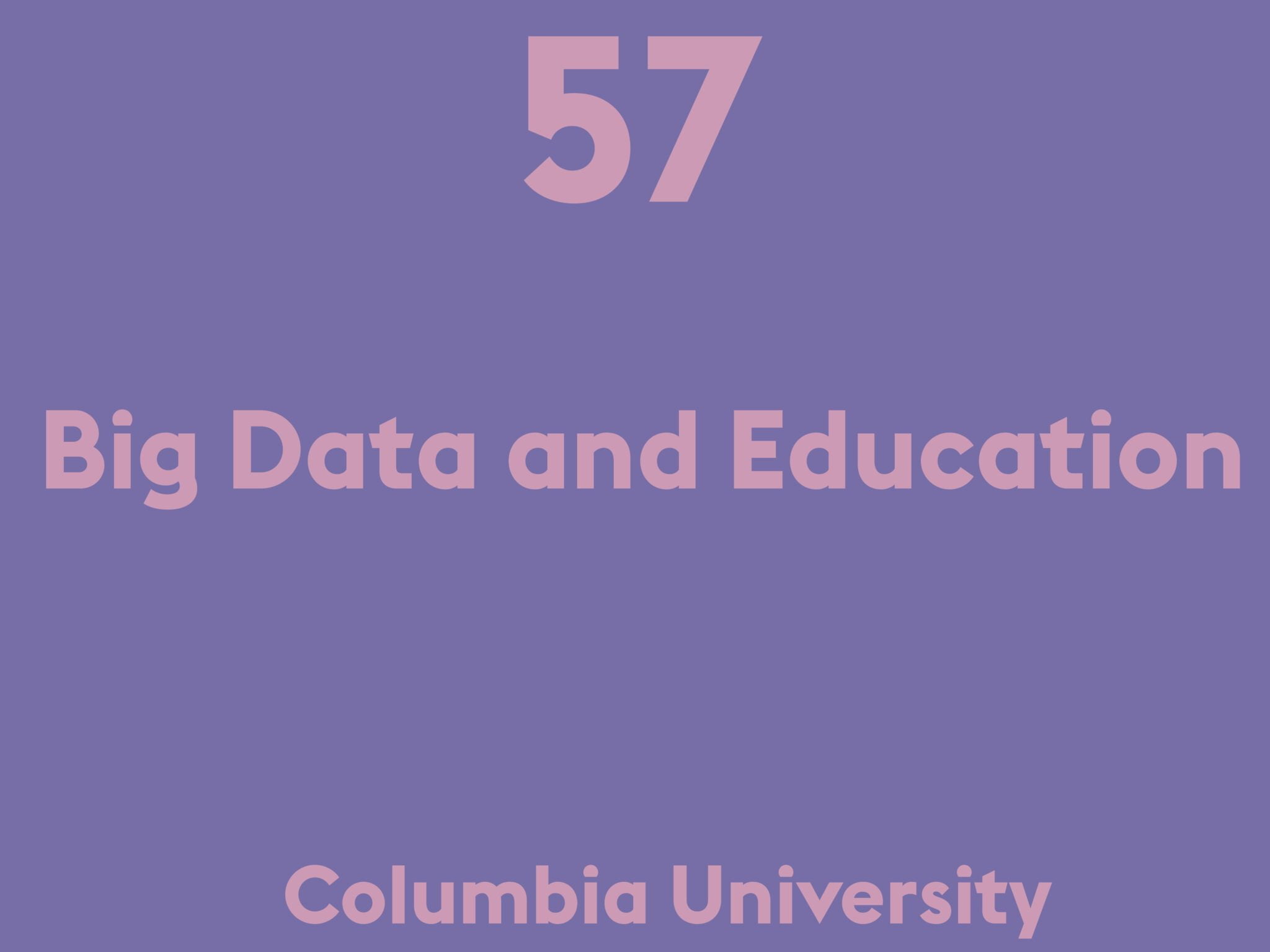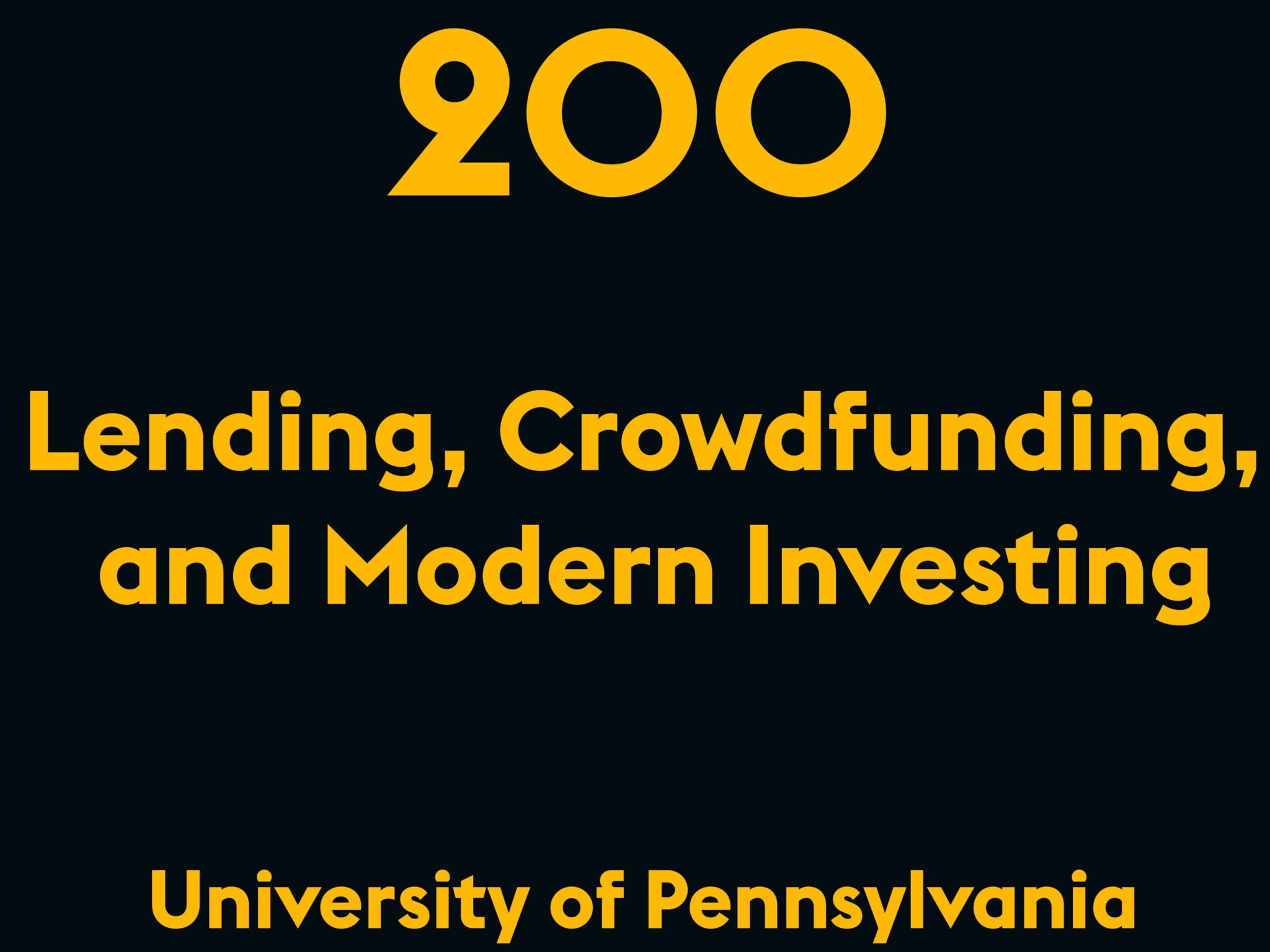The piano remains one of the great achievements of musical instrument design and has long served as a primary creative tool for musicians worldwide. In this course, we will look at how the piano’s design touches on a range of diverse topics, like: where musical scales come from and how the piano’s design impacts creativity; the expressive relationship between various keyboard instrument designs; the extraordinary range of color that emerges when we listen closely to how various intervals can be tuned, and in turn the choices we need to make when tuning a keyboard instrument. We will also consider how the piano can be reinvented, both acoustically and digitally. This will include study of the prepared piano, the autonomous piano, and the digital piano, as well as Trueman’s own prepared digital piano, which itself raises a host of questions regarding rhythm, meter and groove, music perception, adaptive digital systems, and the creative process.
This is not a history course, but it is course that uses the piano to bring together a range of subjects that are often ignored or under developed in traditional music curricula. Nor is it a composition course, but students will be asked to create in a variety of ways, and it should be of use to both experienced and aspiring composers, not to mention pianists. We will engage with a range of music, going back to Frescobaldi, Scarlatti, J.S. Bach and his son C.P.E. Bach, through Schubert, all the way to more recent composers like Conlon Nancarrow, György Ligeti, and John Cage. And finally this is in part an “artist practicum” course, focusing on the creative process and how composers today might invent, and reinvent, instruments to create new work; some of Trueman’s own work, including the Nostalgic Synchronic Etudes for prepared digital piano, will come in to play.

